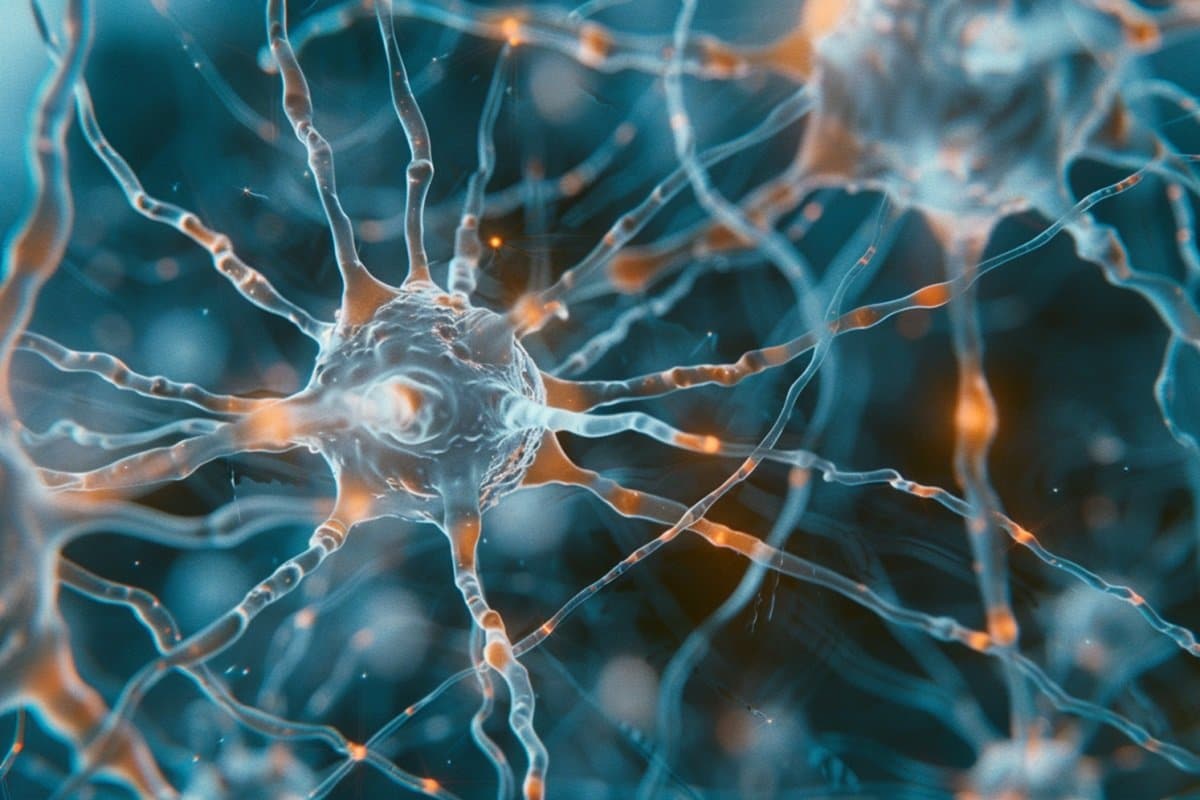
Alzheimer's Disease: A Complex Neurodegenerative Condition
Alzheimer's disease (AD) is a progressive neurodegenerative disorder characterized by memory loss, cognitive decline, and behavioral changes. The condition affects millions of people worldwide and is currently incurable.
Recent research has shed light on the complex nature of AD, revealing that it involves multiple brain regions and various cellular processes. In this article, we will explore some of the latest findings regarding Alzheimer's disease, focusing on its pathological hallmarks and potential protective factors.
Pathological Hallmarks: Amyloid Plaques and Tau Tangles
Two primary pathological features of AD are extracellular amyloid plaques and intracellular neurofibrillary tangles (NFTs). These structures form as a result of the abnormal accumulation of specific proteins in affected brain regions.
Amyloid Plaques: The Role of Reelin
One protein that has been linked to Alzheimer's disease is Reelin. This protein plays a crucial role in neuronal development and synaptic plasticity, but its function declines with age. Recent studies suggest that low levels of Reelin may contribute to the formation of amyloid plaques.
For instance, researchers at MIT and Harvard Medical School found that individuals with better cognitive resilience had higher levels of certain genes in astrocytes, which are essential for producing Reelin. This finding implies that maintaining adequate levels of this protein might help protect the brain from AD.
Neurofibrillary Tangles: The Importance of Cellular Responses
Another pathological feature of Alzheimer's disease is the presence of intracellular neurofibrillary tangles (NFTs), which are formed by the abnormal accumulation of tau proteins. Understanding how cells respond to these tangles could provide insights into potential therapeutic strategies.
For example, a study published in Nature revealed that certain cellular and circuit vulnerabilities might enable some individuals to resist cognitive decline despite having clear disease pathology. This research identified factors such as Reelin-producing neurons and choline metabolism in astrocytes as potential contributors to cognitive resilience.
New Biomarkers: A Step Towards Early Detection and Prediction
Early detection and prediction of Alzheimer's disease are crucial for developing effective treatments. Recent advances in proteomics have led to the identification of new biomarkers in cerebrospinal fluid (CSF) that could help diagnose and predict AD.
Researchers at Fudan University identified CSF YWHAG as the most notable new biomarker, which performed best in both biological and clinical diagnosis of AD. These biomarkers effectively predicted clinical progression to Alzheimer's dementia and were strongly associated with AD core biomarkers and cognitive decline.
Conclusion: A Multifaceted Approach to Understanding Alzheimer's Disease
Alzheimer's disease is a complex neurodegenerative condition that involves multiple brain regions, cellular processes, and protective factors. Recent research has provided valuable insights into the role of Reelin in neuronal development and synaptic plasticity, as well as the importance of cellular responses to neurofibrillary tangles.
Additionally, new biomarkers identified in cerebrospinal fluid offer hope for early detection and prediction of Alzheimer's disease. As research continues to unravel the mysteries of this debilitating condition, we may be one step closer to finding effective treatments and ultimately, a cure.



